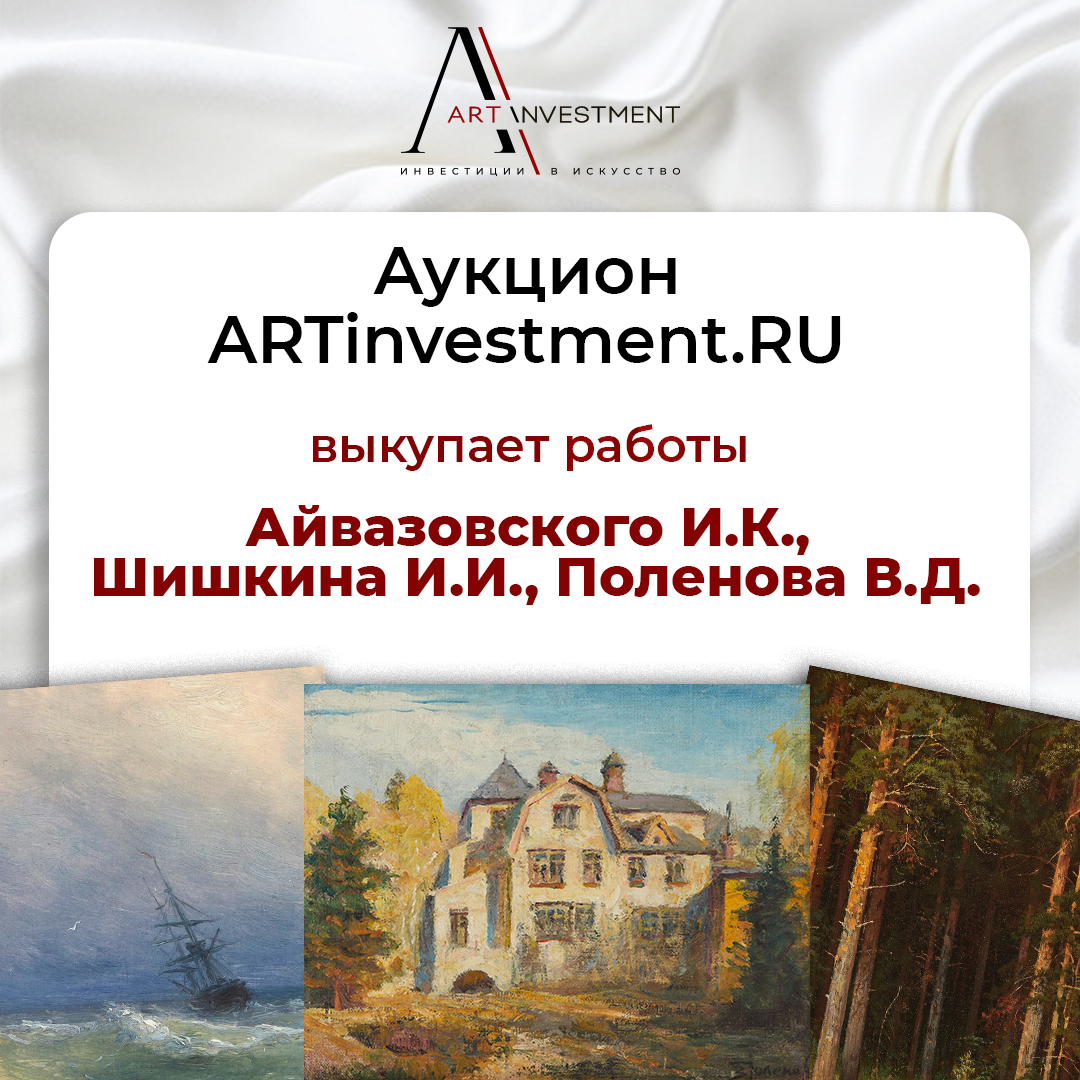Hungary seeks to close the 100 millionth case of restitution
The Hungarian authorities do not intend to return the collector's heirs Herzog belonged to him paintings by El Greco, Lucas Cranach the Elder and others
has been more than six months since then, as descendents of Hungarian banker and collector, Mora Lipot Herzog (Mór Lipót Herzog) asked the U.S. court, demanding the restitution of works of Hungary in the amount of $ 100 million . The heirs are trying to win back some 40 works from the once largest private collections in Hungary. Collection Mora Lipot Herzog once numbered more than 2500 works, including arts and crafts, sculpture and painting masterpieces by Lucas Cranach the Elder, El Greco, Francisco de Zurbaran, Camille Corot, Gustave Courbet and others.
After the death of Mora Herzog in 1934, the collection passed to his three children. But in March 1944, Hungary was occupied by Germany, and came to power pro-fascist government that started the genocide of the Jewish population and the confiscation of his property. Was removed and a collection of Herzog. Now it is scattered all over the world, but most of it is still in Hungary. In particular, the many paintings in the collections of banker well-known cultural institutions like the Hungarian National Gallery, the Budapest Museum of Art, Museum of Applied Arts and the Budapest University of Technology. With them something and they want to sue her granddaughter Maura Herzog, Angela and Julia, living in Italy, and his great-grandson of David de America Shepel (David de Csepel).
February 15, Hungary has made an official statement : the defendant demanded to close the deal. According to the Government of the Republic of Hungary, and their country as a foreign state has immunity from lawsuits in U.S. courts. Indeed, there is an American law on the immunity of foreign states (US Foreign Sovereign Immunities Act, FSIA) to U.S. claims. But in this law there are two reservations, and, according to Herzog's heirs, in this case should be guided by them.
Firstly, you can sue if it comes to property, "selected contrary to international law. " This characterization certainly applies to the actions of pro-fascist government of Hungary 1940. And secondly, the foreign state to waive the immunity, if it leads "commercial activity" in America. The plaintiffs point out that the Hungarian museums make money by American tourists, selling books about the works from the collection Herzog, ie, the profit from the U.S.. And so the heirs demand that the Hungarian museums still responded in a U.S. court.
In a similar situation for many years is the Foundation Thyssen-Bornemisza in Spain. Restitution of paintings by Pissarro, "Saint-Honore. Noon. Rain "from the collection of this museum almost 10 years seeking the heir to Claude Cassirer. On the one hand, Spain sovereign country and not for her, and Germany, this picture of illegally seized. But on the other hand, the "commercial activity" Spanish museum in the United States leads, and thus begins to operate the second clause. Last summer, the federal court in California ruled that Madrid Foundation Collection Thyssen-Bornemisza and the Kingdom of Spain could be brought to justice heir to the pre-war owners, even despite the fact that no part in the confiscation of the work they did not take .
But in Hungary, unlike in Spain, the sleeve was another " trump card. " Budapest presented the agreement signed in 1973 between the Hungarian People's Republic of Korea and the United States, under which any claims in U.S. courts because of the property received by Hungary until 1973, were banned. Then the Americans have paid the Magyars 18.9 million dollars for ensuring that all claims to Hungary now has assumed the U.S. government and engaged in their own resolution. This means that both a reservation of the Law on FSIA immunity can not act. This agreement is separately stipulated Hungary nationalized property. But in 1954 all works of art in public museums, which have not contacted the heirs, were nationalized.
Agreement in 1973 - a legacy of the Cold War. It was signed by the United States to ease tensions with the countries of the Eastern bloc. A similar agreement signed and Hungary and Italy, and therefore the claim of Italian granddaughters Mora Herzog also unfounded - said Hungary.
defendant in his defense, adding that in 1955 the American program to support citizens who lost property, grandmother and aunt of David de Shepel had already received compensation.
heirs contend. In their view, Hungary, first stole their collection, and now "hiding behind a fascist and pro-communist laws and regulations, and a subsequent agreement with the U.S. during the Cold War to keep their property. They will continue to fight for the restitution of the collection. The following official statement from the plaintiffs must be received before April 1.
material was prepared by Maria Onuchina, AI
Source: , artinvestment.ru
Permanent link to:
https://artinvestment.ru/en/news/artnews/20110218_herzogs_vs_hungary.html
https://artinvestment.ru/news/artnews/20110218_herzogs_vs_hungary.html
© artinvestment.ru, 2025
Attention! All materials of the site and database of auction results ARTinvestment.RU, including illustrated reference information about the works sold at auctions, are intended for use exclusively for informational, scientific, educational and cultural purposes in accordance with Art. 1274 of the Civil Code. Use for commercial purposes or in violation of the rules established by the Civil Code of the Russian Federation is not allowed. ARTinvestment.RU is not responsible for the content of materials submitted by third parties. In case of violation of the rights of third parties, the site administration reserves the right to remove them from the site and from the database on the basis of an application from an authorized body.



